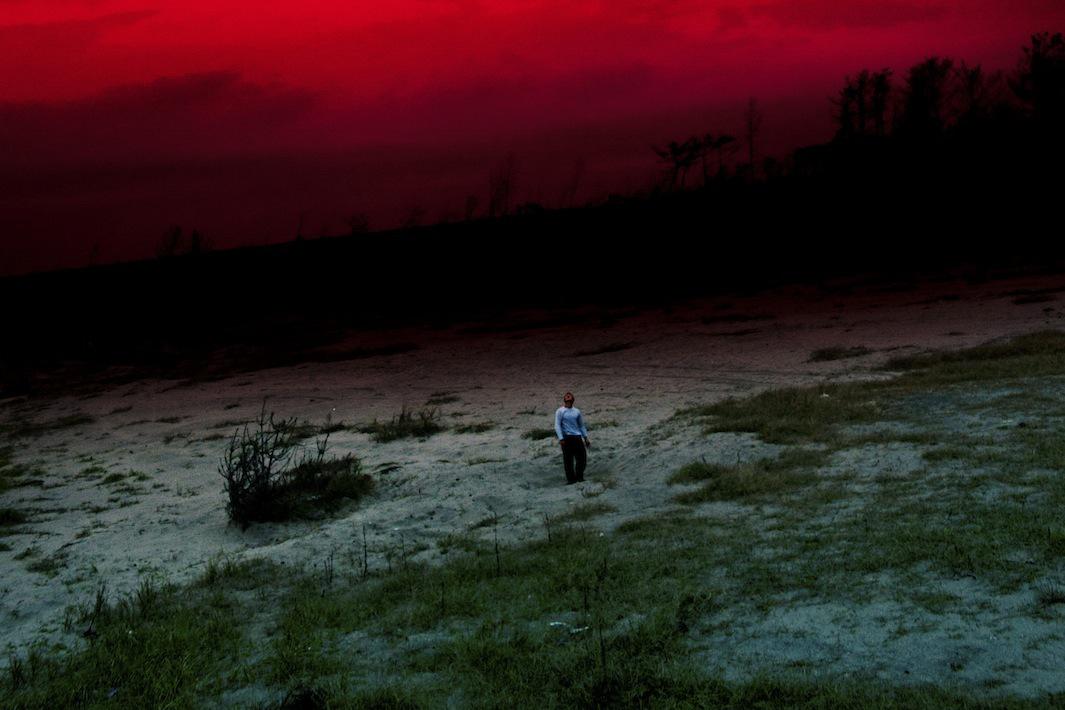Four years ago today, an earthquake and tsunami hit the Tōhoku region of Japan, sweeping away whole towns, killing thousands, and triggering a nuclear meltdown at the Fukushima Daiichi Nuclear Power Plant. The events of that day have come to be referred to as “3/11.”*
The first exhibition exploring the response of Japanese photographers to 3/11, “In the Wake: Japanese Photographers Respond to 3/11,” which will be on display at the Museum of Fine Arts, Boston, from April 5 through July 12, is a testament to the power of the medium to record and reflect.

Nobuyoshi Araki
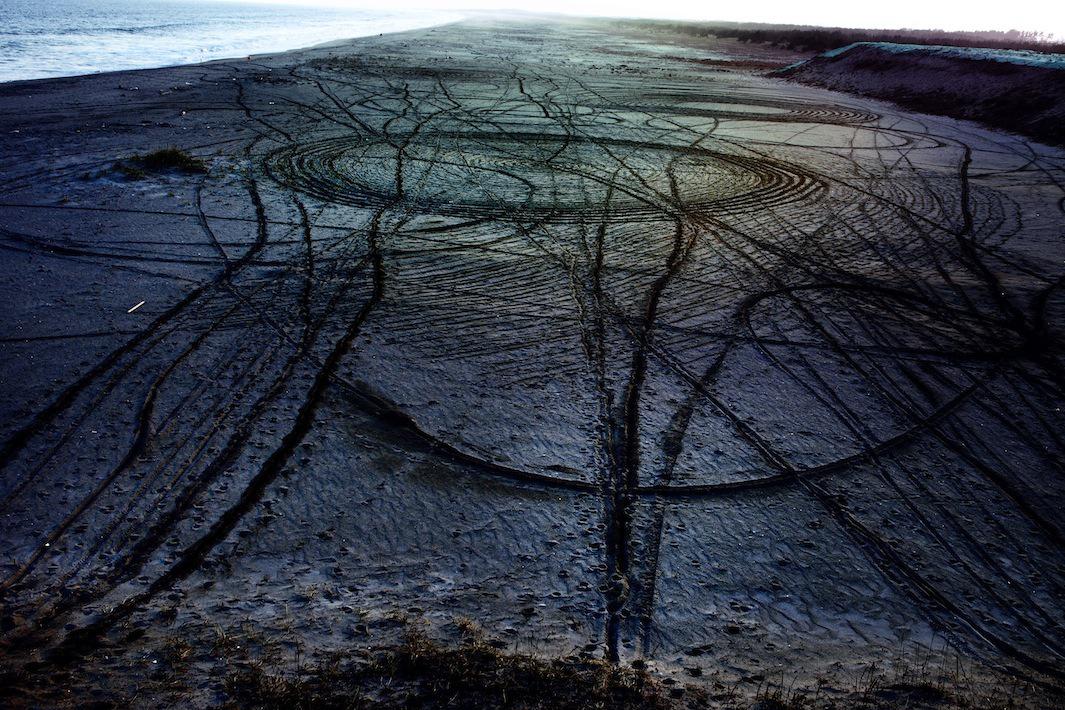
Lieko Shiga
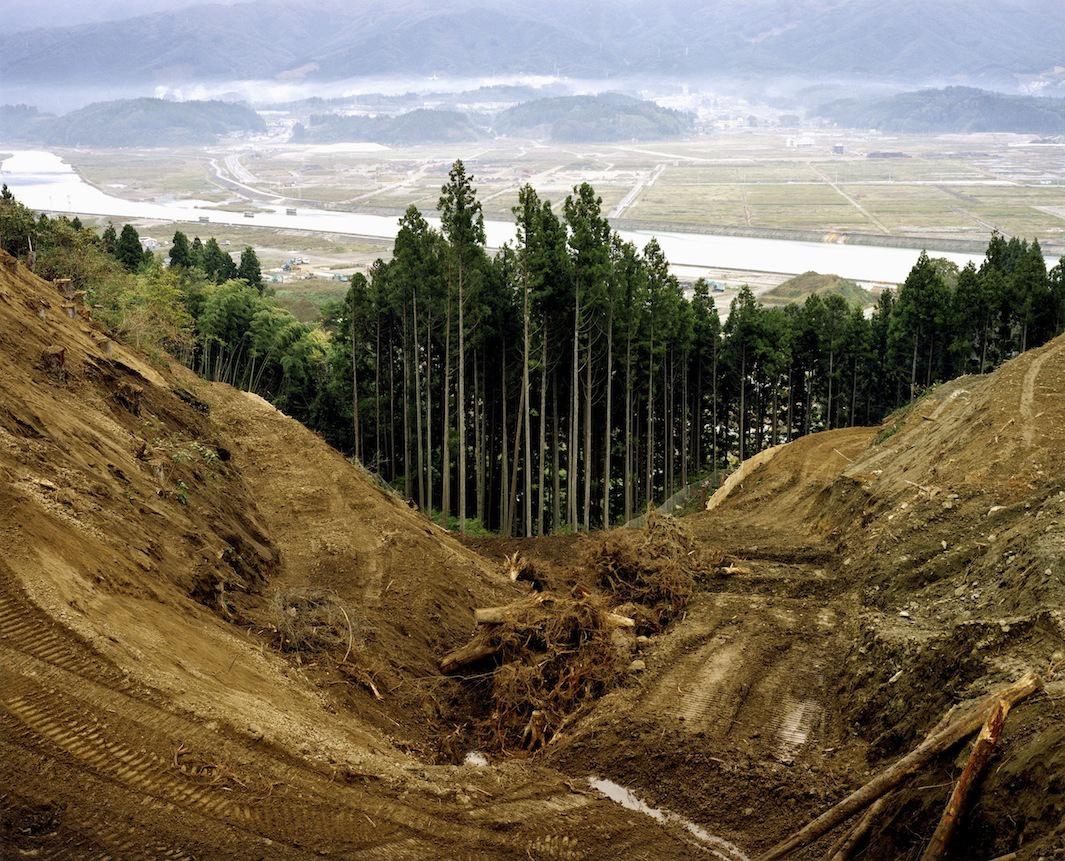
Naoya Hatakeyama
“We noticed early on that there really are two kinds of photographs that pertain to this: There are photographs of the tsunami and the earthquake and then there are the reactions to the nuclear disaster,” said co-curator Anne Havinga, the Estrellita and Yousuf Karsh Senior Curator of Photographs.
“The tsunami photographers are making images about memory and loss,” she added. “The nuclear photographers are making pictures about national and global environmental anxiety.”
Some of the pictures of the tsunami’s impact in the exhibit are documentarylike in their approach, Havinga noted, but they’re not just about documenting the damage. They seem to go beyond that, she said, by evoking reactions that are more metaphorical in nature. Nobuyoshi Araki contributed images he started making after 3/11 made from negatives he scratched, creating gashes that look like black rain.

Kitajima Keizo
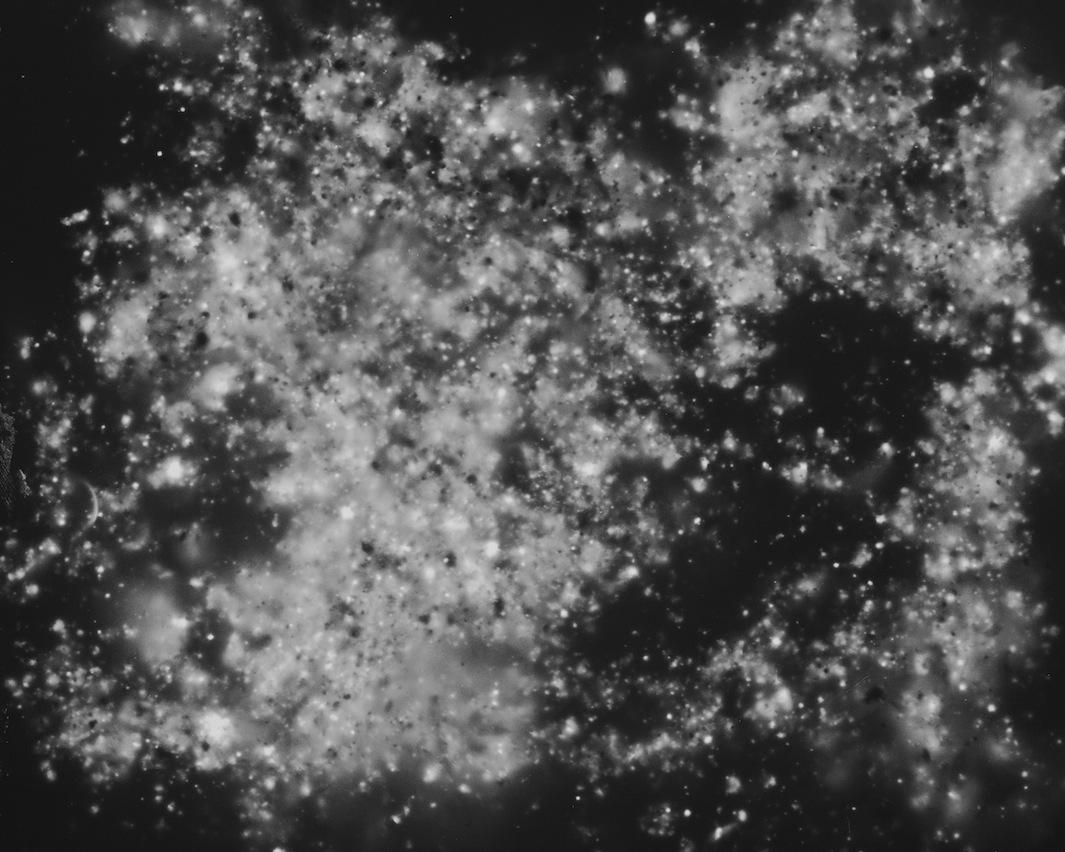
Shimpei Takeda

Ishu Han
Many of the photographers responding to the earthquake and tsunami were directly affected by the disaster. Lieko Shiga, for one, had been serving as the village photographer in a Tōhoku town when the wave hit. She was in the town newspaper’s office at the time and managed to escape, but her equipment, her house, and a year’s work were destroyed. While her photographs of villagers in the exhibit don’t depict the damage of the tsunami, they have a “doomsday quality,” Havinga said, that seems to link them to it. Another photographer, Naoya Hatakeyama, lost his mother to the tsunami when it swept through his hometown, Rikuzentakata. He returned to the town later and made photos of the destruction.
Many Japanese photographers were not able to go to Fukushima’s contamination zone for safety reasons. The works featured in the exhibit made in response to the nuclear meltdown, therefore, were mostly created in the photographers’ studios. Shimpei Takeda, for instance, made exposures of contaminated soil to create abstract images that evoke the cosmos. The artist Ishu Han, meanwhile, digitally recreated an image of the Fukushima nuclear towers entirely of one-yen coins to make a point about the economic interests of nuclear energy in Japan.
“One always hopes that perhaps through art and through various kinds of responses to an event like this that people in the world can think about the future of man on the planet.”
A book with the same name as the exhibition will be available in April.
Correction, March 11, 2015: This post originally misstated that the events of 3/11 triggered a nuclear meltdown at the Fukushima Daini Nuclear Power Plant. It was the Fukushima Daiichi Power Plant.

Lieko Shiga
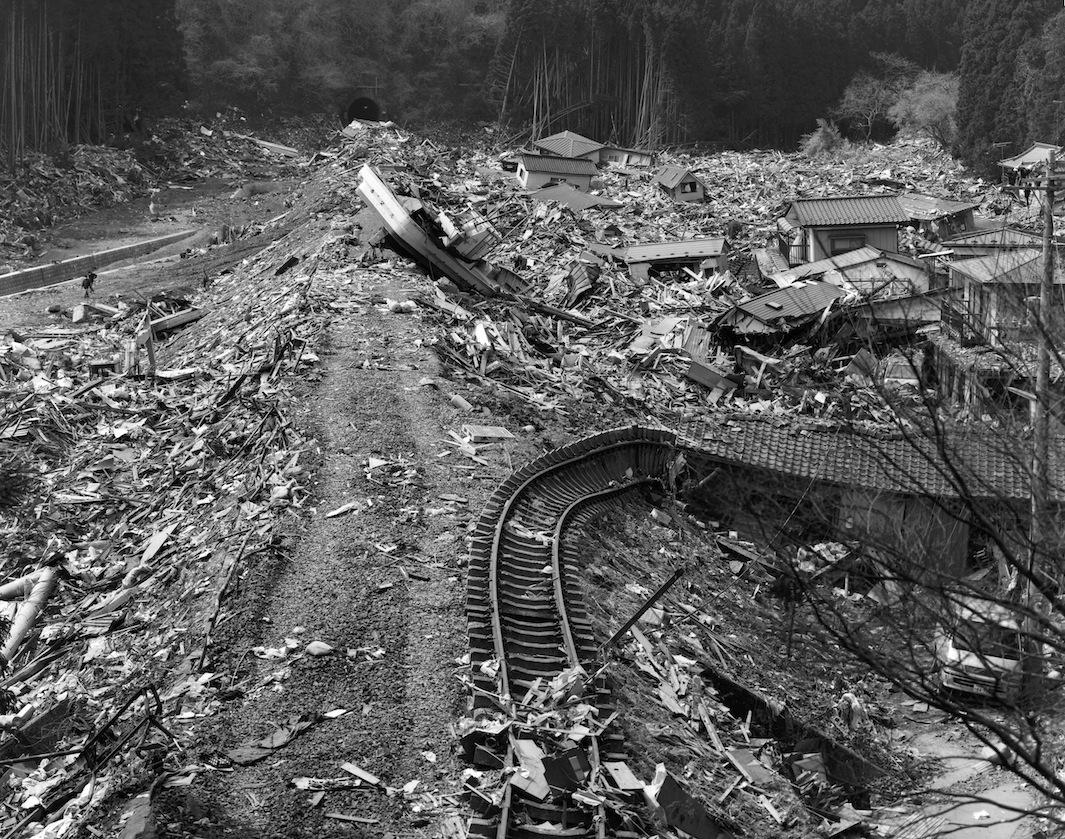
Miyoshi Kōzō
